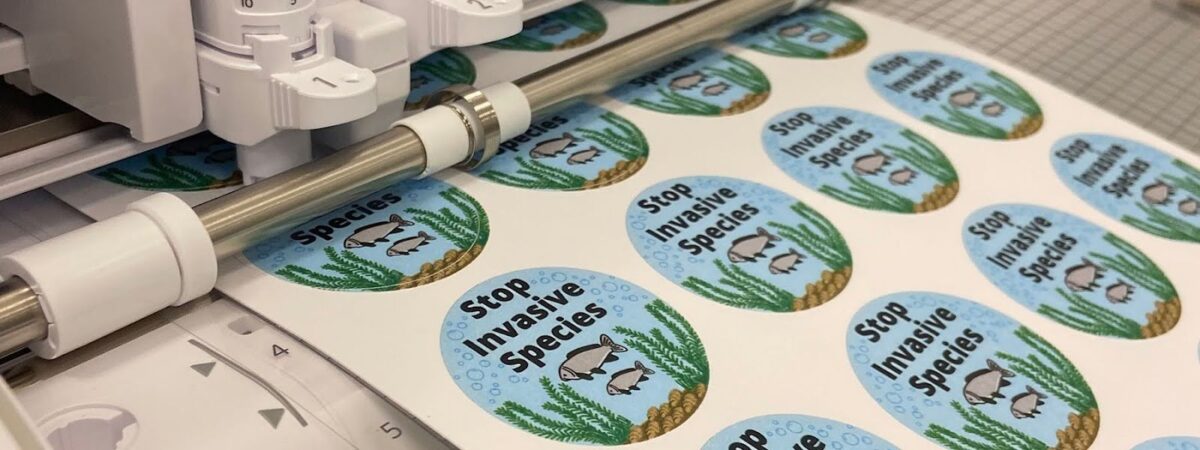Students Alex, Feria, Ivan, Michael, Naomi, and Steph entered into an Introductory Business course not knowing that their interest in understanding the factors affecting quality education (one of the United Nations Sustainable Development Goals) would propel them into collaborating with their local United Way to generate funds to make educational opportunities accessible to more students. After researching the organization and learning more from the organization’s leadership team through a series of video calls, students were inspired to launch a
“For the Youth” project and create customized hoodies to sell to our school community to raise funds in support of the organization’s mission. The responses I heard from students in our regular project meetings showed that interacting with people outside of the school gave them confidence to step outside of their comfort zones and try new things.

